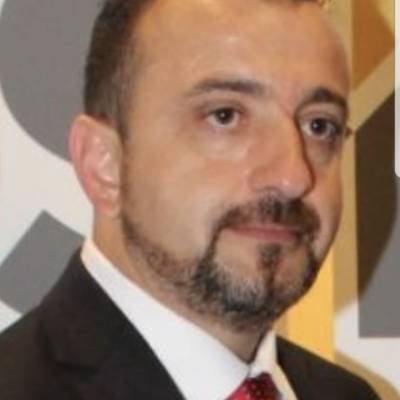Debt Economy, Financial Slavery, and the Interest Trap
Dear Friends,
As of 2023, the total external debt of the United States has reached $31.4 trillion, while its internal debt stands at $23 trillion. These astronomical figures starkly reveal the debt-driven nature of the modern financial system. Today, a baby born in the U.S. starts life with an average debt of $100,000, and many elderly Americans leave this world with the same burden. This is the reality of a modern economy that systematically indebts individuals, drawing them into financial dependency.
One of the clearest examples of this is the policies of banks regarding loans and deposits. For instance, a person depositing $1,000 in a bank earns an annual interest of just $4.50, while borrowing the same amount incurs a cost of $70 in annual interest payments. Banks collect people's savings at low-interest rates and then lend this money back to the public at high rates. This system not only impoverishes individuals with their own savings but also raises questions about the fairness and equality of the system.
This debt-based economy not only undermines individuals’ quality of life financially but also psychologically. The ever-growing burden of debt causes stress and anxiety, significantly harming people's mental and social well-being. Many individuals are stuck in a financial trap, dedicating most of their earnings to debt payments and moving further away from true prosperity.
The Mortgage and Endless Debt Cycle
Another striking example of the debt-based system is housing loans. Today, purchasing a $350,000 home at an 8% interest rate means paying approximately $924,000 over 30 years. In other words, individuals end up paying nearly three times the original price of the house. Worse yet, refinancing programs, which encourage borrowers to "cash out," continually push people deeper into the debt cycle. Mortgage payments seem never-ending, and individuals are trapped in a loop. While this system serves as a revenue source for banks and the wealthy, it reduces people to "modern slaves."
From Production to Consumption: An Unbalanced Economy
Over the past 40 years, the U.S. has transitioned from a production-based society to a consumption-driven one, deepening income inequality in the process. The decline of the industrial sector has increased unemployment, while the consumption-driven economy has forced individuals to borrow and spend continuously. As a result, an ultra-rich class has emerged, while millions struggle to meet even their basic needs.
Today, approximately 40 million people in the U.S. rely on food assistance to survive. This figure has tripled in the last 20 years, and 2.3 million families now depend on programs like Section 8 for housing aid. By 2023, the number of homeless individuals has risen to 653,104. Meanwhile, billionaires like Elon Musk and Jeff Bezos plan space travel, while millions of people struggle to secure food and shelter. This stark contrast highlights just how far the economic system has drifted from fairness and equality.
An Alternative Model: Interest-Free Economy
The heavy burden imposed on individuals by the debt-driven economy makes economic reform an inevitable necessity. Instead of consumption- and debt-focused models, alternative approaches that prioritize production and employment must be developed. In this context, an interest-free economic system emerges as a significant option.
In an interest-free economy, the movement of goods and services takes precedence over monetary transactions. Banks and financial institutions redirect the resources they collect from the public toward productive investments rather than speculative ventures. Small and medium-sized enterprises (SMEs), in particular, should receive interest-free or low-cost financial support. This encourages business growth and job creation.
Additionally, profit-and-loss-sharing financing models can be adopted. In this system, the funds provided to a business are repaid not through interest but by sharing in the profits generated. This ensures risk-sharing and directs financial resources toward projects that genuinely create economic value.
Conclusion
The current debt-driven economic system continues to make the rich richer while the poor grow poorer. This system pushes a large portion of society into a financial slavery trap and prevents the fair distribution of economic resources. However, with a production- and employment-focused, fair economic model, this bleak picture can change.
Of course, such a transformation will not happen overnight. However, building an economic system that prioritizes sustainable development and frees individuals from the burden of debt could lead both the U.S. and the global economy toward a brighter future. Perhaps then, we can collectively achieve the dream of bringing America to the "better days it deserves."
Stay well,










Türkçe karakter kullanılmayan ve büyük harflerle yazılmış yorumlar onaylanmamaktadır.